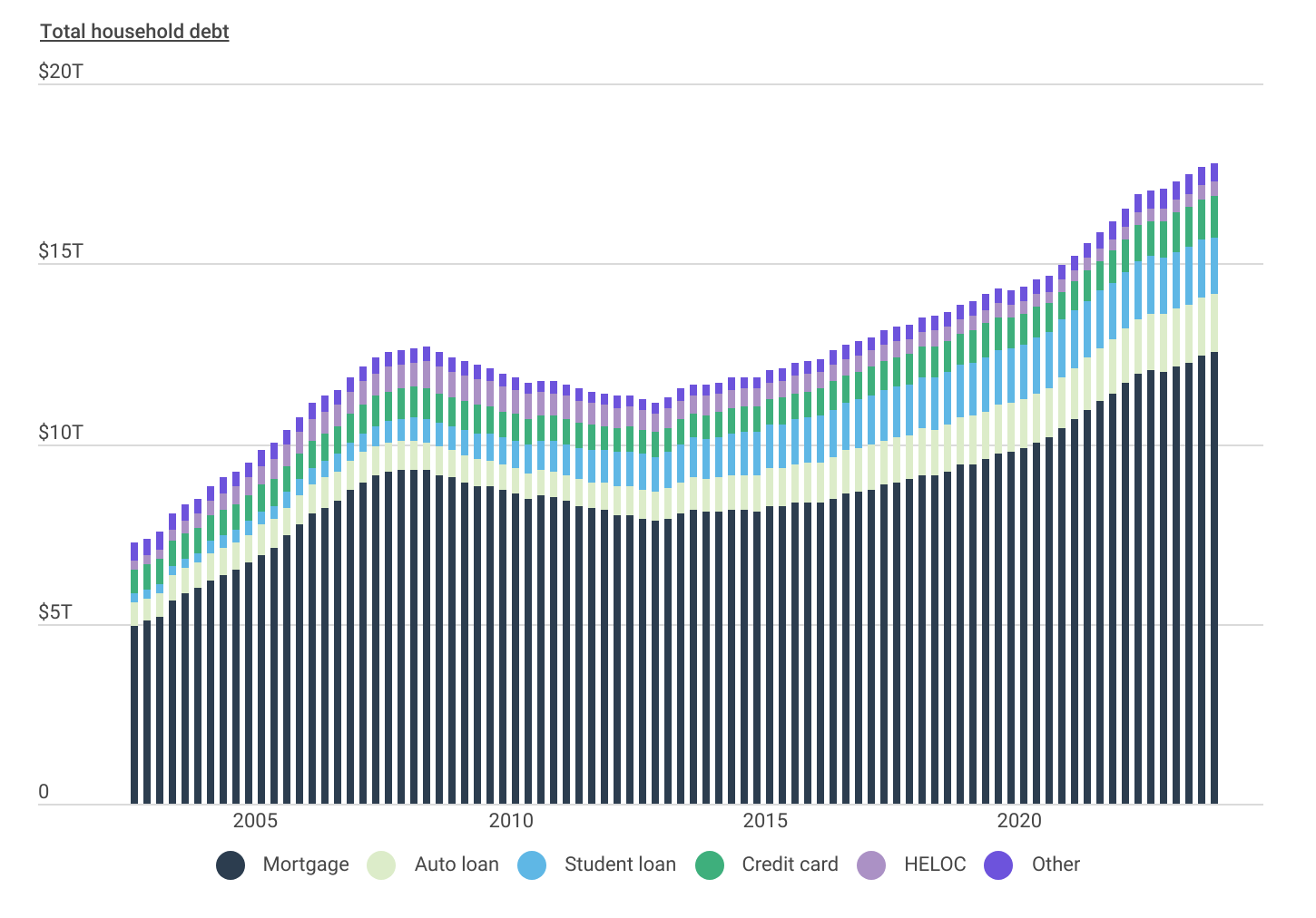Source: site
The COVID-19 pandemic led to a dramatic spike in unemployment in early 2020, causing widespread financial instability. In response, Congress passed the CARES Act, which provided temporary protections for homeowners, including mortgage forbearance and a moratorium on foreclosures. These measures offered critical relief during a period of unprecedented economic uncertainty.
However, as the economy has acclimated, homeowners are facing new challenges. Inflation has become a significant concern, with the costs of essential goods and services, including housing, on the rise. Already near all-time highs, home prices continue to climb, making it increasingly difficult for many households to afford their mortgage payments. Moreover, rising insurance costs are adding additional financial pressure, stretching household budgets thin and raising concerns about the sustainability of homeownership.
The housing market plays a crucial role in the broader economy, influencing consumer spending and financial security. As homeowners now face rising costs and financial pressures, these challenges could have far-reaching implications for economic growth and stability.
Composition of U.S. Household Debt
Mortgage loans account for more than 70% of all household debt

Source: Construction Coverage analysis of Federal Reserve Bank of New York data | Image Credit: Construction Coverage
Nationally, total mortgage debt now stands at more than $12.5 trillion and accounts for more than 70% of the total debt held by U.S. households. Outstanding mortgage debt rose sharply during the pandemic—largely driven by below-average interest rates and elevated demand for housing—and it continues to rise to record levels in 2024.
Compared to mortgages, other consumer loan categories represent a much smaller proportion of total outstanding debt. Auto loans and student loans are the next largest loan types—each of which accounts for roughly 9% of total debt, or 18% combined. Credit card debt stands at approximately 6%, while HELOCs and other loan types comprise the remaining 5%.
Mortgage Delinquency Rates (30+ Days) by Loan Type
Mortgage delinquencies have been consistently rising since declining during COVID

Source: Construction Coverage analysis of Federal Reserve Bank of New York data | Image Credit: Construction Coverage
Data from the New York Fed highlights how COVID-era financial assistance programs like loan forbearance, direct relief payments, and enhanced unemployment benefits worked to stave off loan delinquencies. Over the course of 2020 and 2021 when these programs were in effect, the percentage of loans at least 30 days delinquent dropped to historically low levels across most major loan types. Mortgage delinquencies, for example, experienced a 60% drop from a pre-pandemic rate of 3.50% to a low of 1.39% in Q4 of 2021. Similar trends were observed for credit cards, auto loans, student loans, and HELOCs to varying degrees.
Unfortunately, a combination of elevated interest rates and the end of most federal and state-level enhanced benefits programs has led to increased frequencies of missed payments, especially for credit card and auto loans, which have surpassed pre-pandemic levels. Delinquent mortgages are also on the rise. Although many homeowners who bought or refinanced before 2022 were able to lock in low rates, as of Q2 2024, the share of mortgages over 30 days delinquent has risen to 3.35%.
Geographic Differences in Mortgage Delinquencies
Southern states have the highest rates of delinquent mortgages

Source: Construction Coverage analysis of Consumer Financial Protection Bureau data | Image Credit: Construction Coverage
While mortgage delinquency rates are on the rise nationally, the concentration of delinquent mortgages varies significantly by location. In general, delinquency rates tend to be highest in areas with higher levels of unemployment and poverty, lower levels of income, and lower property values.
Regionally, states in the South and pockets of the East Coast tend to have the highest delinquency rates. For example, Mississippi, Louisiana, and West Virginia are the top three states for both 30-day and 90-day mortgage delinquencies. Other states with high rates of missed payments include Alabama and Arkansas. At the opposite end of the spectrum, the West Coast has the lowest share of mortgages more than 30 days delinquent, with Washington, Oregon, and California all reporting rates of delinquent mortgages under 1.5%.
Similar trends hold at the local level with major metropolitan areas in the South—like New Orleans, Memphis, and Houston—reporting high rates. Residents in West Coast metros like San Jose, San Francisco, and San Diego, on the other hand, are far less likely to miss a mortgage payment.
This analysis was conducted by researchers at Construction Coverage, a website that provides construction insurance guides, using data from the Consumer Financial Protection Bureau, U.S. Census Bureau, and Zillow. Researchers ranked locations based on the percentage of mortgages at least 30 days delinquent as of December 2023.
Here is a summary of the data for Virginia:
- Percentage of mortgages 30+ days delinquent: 2.1%
- Percentage of mortgages 90+ days delinquent: 0.5%
- Unemployment rate: 3.6%
- Median home value: $395,685
- Median household income: $85,873
For reference, here are the statistics for the entire United States:
- Percentage of mortgages 30+ days delinquent: 2.4%
- Percentage of mortgages 90+ days delinquent: 0.6%
- Unemployment rate: 4.3%
- Median home value: $362,481
- Median household income: $74,755
For more information, a detailed methodology, and complete results, see Cities With the Most Mortgage Delinquencies on Construction Coverage.





